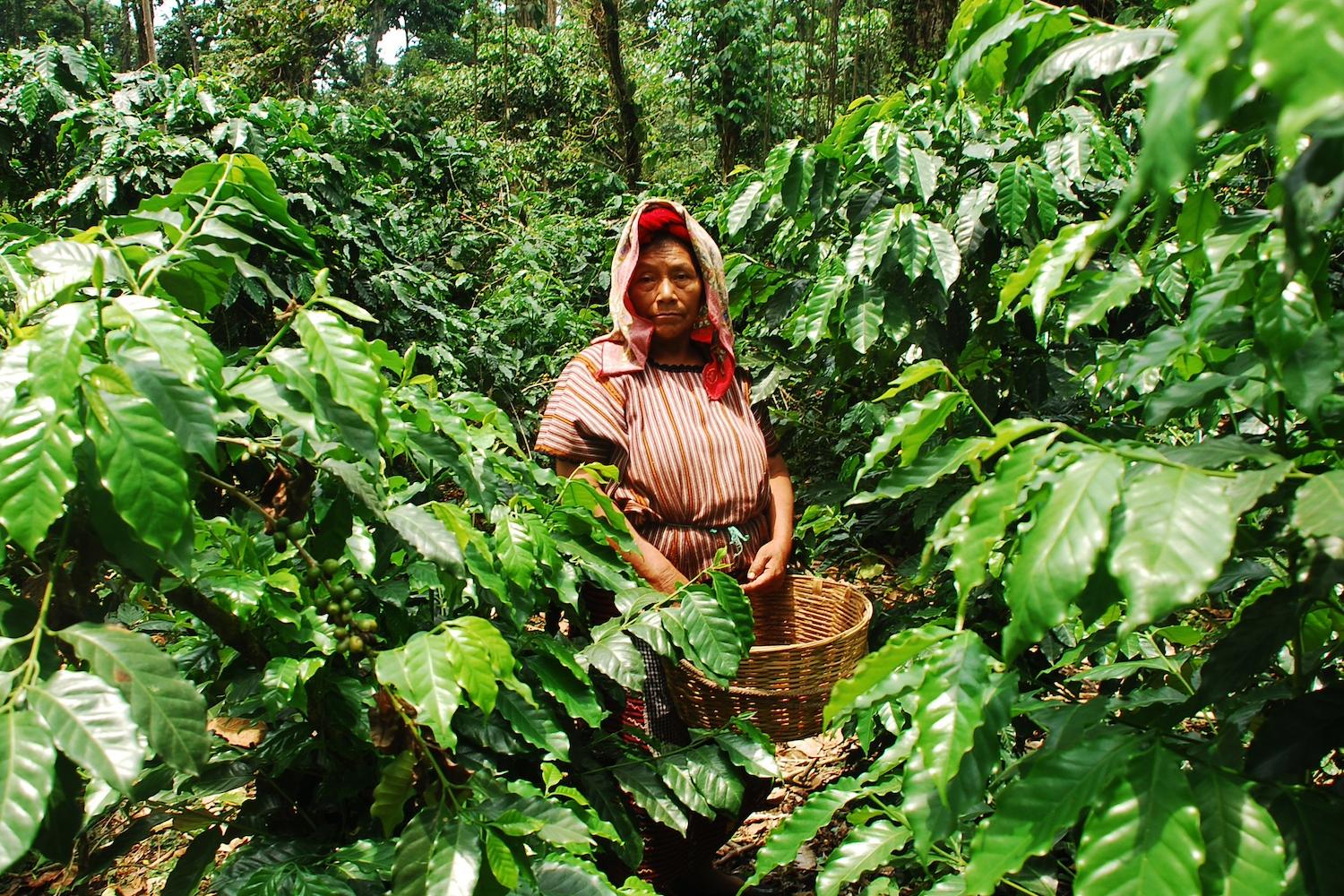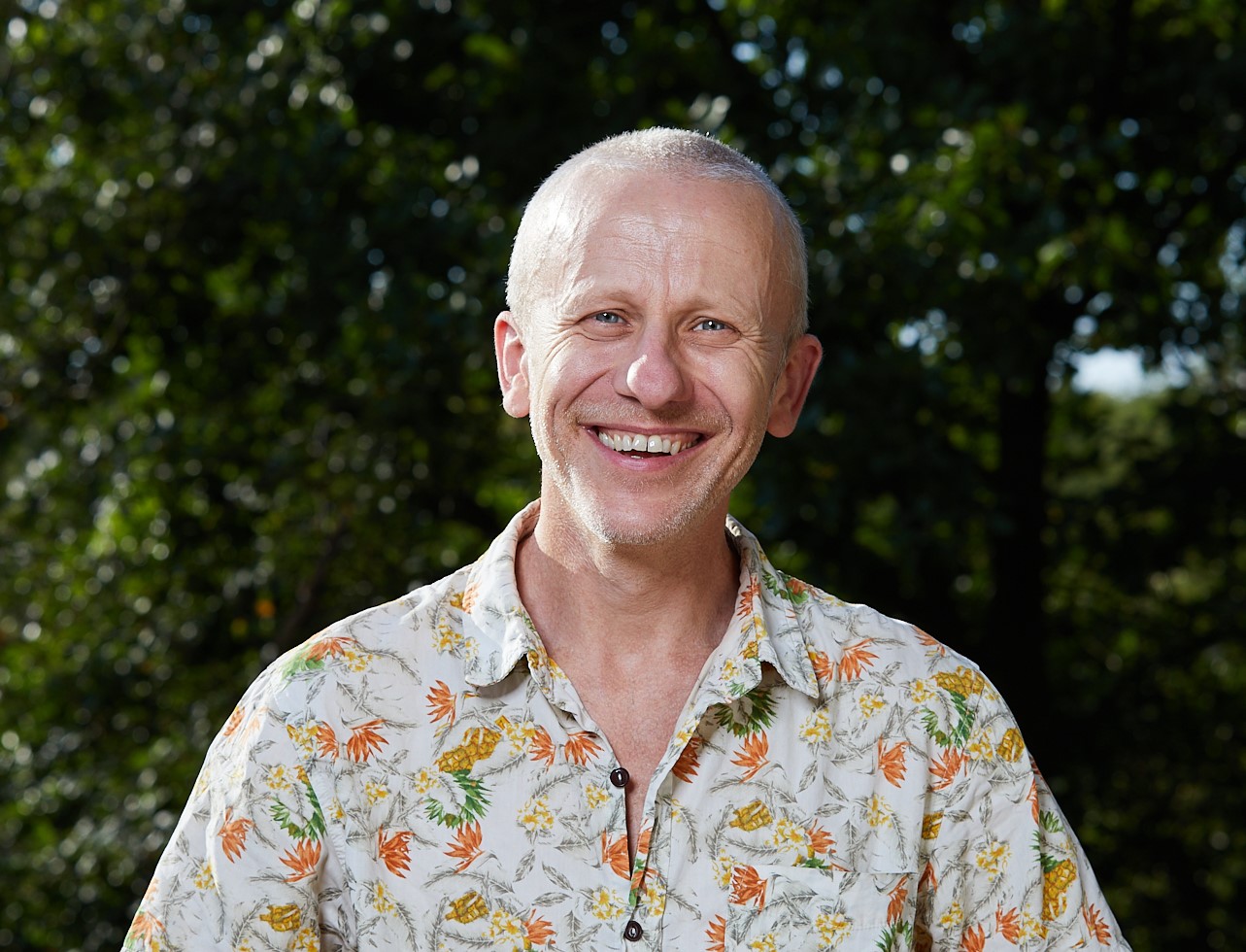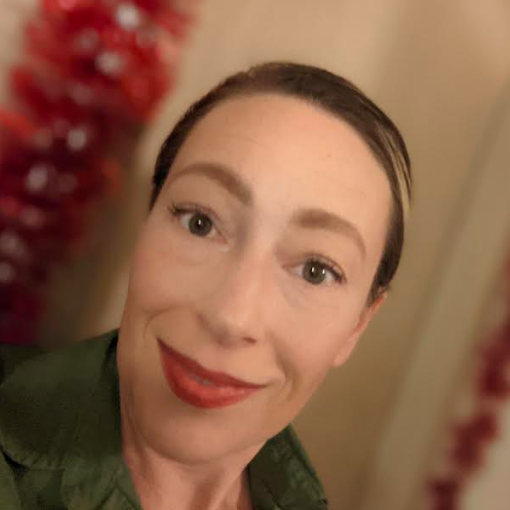
A farmer harvests coffee. (Image: Charlie Watson for Rainforest Alliance.)
Indigenous and locally-led climate solutions come from a place of connection to community and stewardship of the land. “It's the people who are on the ground who know what is best for their environment," said Duncan Williamson, senior manager of public affairs and advocacy at the sustainability-focused nonprofit Rainforest Alliance.
Yet all too often, Indigenous and community voices are not prioritized in global climate measures tied to nature. And as a result, many of these efforts fail to account for local context.
Where Rainforest Alliance works across the intersection of business, agriculture and forestry, it connects with farmers around the world who actively experience changing weather patterns and can speak to how it affects their crops and the land, Williamson said. Not only do they know what needs to be planted to adapt to these changing patterns, but they also understand the culture and gastronomy of the area, like which crops are locally marketable.
For example, growing beans and other legumes can be environmentally beneficial due to nitrogen-fixing properties. But beans grown in one country are different from those grown in another. “You want to have different food," Williamson said. "You've got different crop conditions.”
A top-down approach often fails to recognize these cultural and environmental intricacies by trying to implement the same fix across vastly different environments, and it’s not just crops. Tree-planting pledges from global business and government coalitions are often ineffective because they don't use local tree species — a mistake that can increase wildfire risk and reduce the newly forested area's resilience to climate change.
Outside interests are also quick to apply technology that locals may not need or benefit from. This became clear to Williamson at the annual United Nations climate talks, where there was a lot of excitement about putting data online and how farmers could be involved. An Apache woman pointed out that not everyone has the access or means to benefit from the internet. To them, a web platform is “absolutely useless,” Williamson said. “You have to adapt [solutions] to the circumstances, and that's everything from crops to technology to reading abilities.”

Rainforest Alliance heads up a variety of projects around the world aimed at increasing livelihoods while restoring the environment using locally-led solutions. “What we try to do as an organization is work within those communities to understand what their priorities are, what's limiting them, and how we can support them, and what the knowledge gaps might be,” Williamson said.
One such project involves 15,000 cocoa farmers responsible for 50,000 hectares in Ghana and Côte d’Ivoire. Farmers there retain only a small amount of revenue from their crops. Higher humidity and rainfall induced by climate change means more pests and disease, and lower yields have a negative impact on responsible farming practices.
The project, which will run until 2027, aims to increase tree cover by 15 percent and reduce farming encroachment into forests by a quarter, while restoring forests and increasing incomes — especially for women farmers. Notably, the project is focused on setting up landscape management boards to encourage local participation in conservation and restoration. A similar project engages 50,000 smallholder tea and coffee farmers, farming cooperatives, local communities, governments, and other institutions in Kenya to advance climate-smart agriculture practices and forest restoration. It, too, will set up country-level landscape management boards to engage residents and smallholders in conservation work.
The nonprofit has also supported community forestry concessions in Guatemala since 1999. These are legal agreements that allow communities to financially benefit from state-controlled land, as long as they do it sustainably.
As a result, these concessions effectively prevent deforestation. In Guatemala’s Maya Biosphere Reserve alone, the deforestation rate on the concession is near zero, even as small- and medium-sized businesses sold almost $70 million in sustainable forest and agricultural products, supporting over 12,000 local jobs.
Though stories like these demonstrate how effective locally-led conservation efforts can be, they were largely overlooked at the 2024 United Nations Climate Change Conference (COP29), which was more about finance, Williamson told us. Developing countries facing the worst impacts of climate change will need an estimated $1 trillion per year by 2030 to adapt and build resilience. But the global focus on mobilizing climate finance often means those with political access and financial resources are able to push their agendas to the top, he said.
Failing to listen to those living the climate crisis in real time means locally-led solutions are not getting the proper attention, but Williamson is hopeful the dialogue can change and underscored the importance of continuing to bring the subject up. “When you talk about it, people get it, and they understand it really, really quickly,” he said. “You can use it in any context, whether it's a United Kingdom farmer or a farmer in Tanzania … That's the first step in this.”

Riya Anne Polcastro is an author, photographer and adventurer based out of Baja California Sur, México. She enjoys writing just about anything, from gritty fiction to business and environmental issues. She is especially interested in how sustainability can be harnessed to encourage economic and environmental equity between the Global South and North. One day she hopes to travel the world with nothing but a backpack and her trusty laptop.














